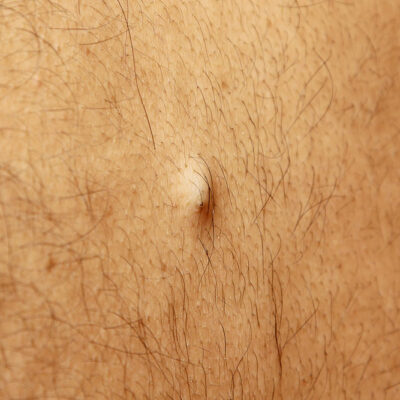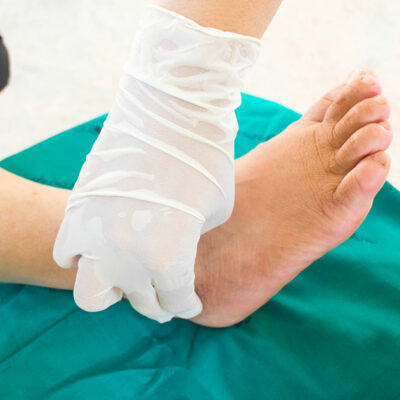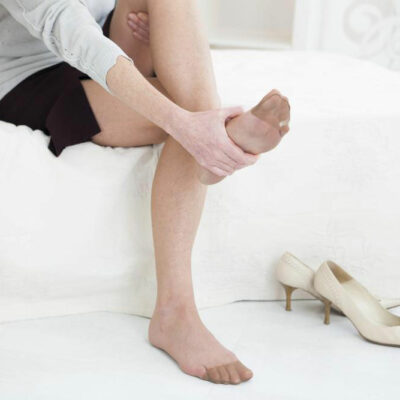
Everything You Need to Know about the Dry Eye Syndrome
Dry eye syndrome is a common condition which affects the eyes. It occurs due to insufficient lubrication and moisture in the eyes. It is also called as dry eye disease or keratoconjunctivitis sicca. This condition affects a majority of people, especially during old age. What is dry eye syndrome? Dry eye syndrome occurs when the tears produced are inadequate to lubricate the eyes. Due to this, the eyes fail to shield against dust and impurities. This causes discomfort or irritation to the eyes. Tears play an important role in preserving the health of the eyes. It is also helpful in providing a proper vision to the eyes. What are the symptoms? Dry eye causes a lot of discomfort and irritation. It gives a feeling of having something in the eyes all the time and an itchy sensation. A few other common symptoms of dry eye syndrome are as follows: Pain in the eyes Heaviness of eyes Dry sensation Redness of eyes Blur vision Burning In a few cases, there are chances where the eyes may produce excess tears. The lack of dampness in the eyes irritates them. There is stimulation to produce tears in excess, as a defense mechanism. This condition is “reflex tearing” and is only a temporary disorder.





